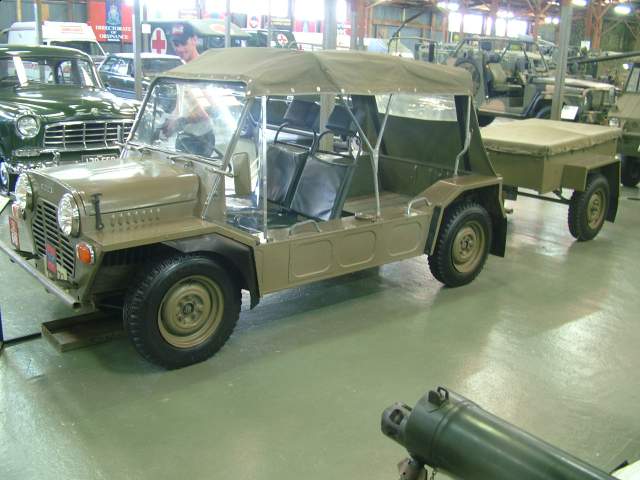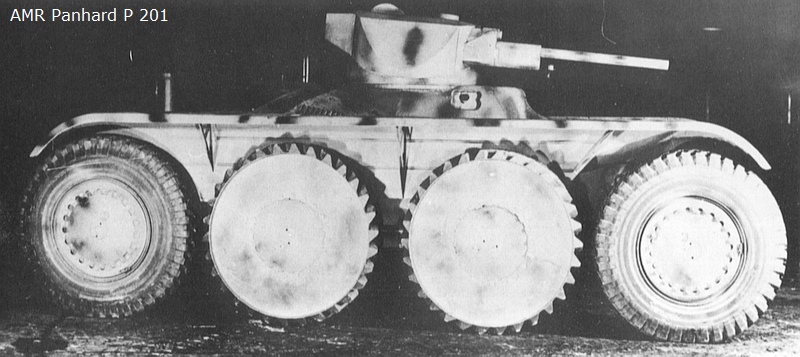I looked back at Claymore's model thread and found the Type 68 (Leo 1 turret on Type 74 hull) and an SPG based on the Type 61 hull. As for the Medium 40-ton family, that is entering service in 1943 and will take part in the invasion of northern Germany. I have not determined whether there is going to be a war between the Allies and the Soviets in Poland in Q3 or Q4 1944, but Manticoran and Free Polish mechanized forces can match the Soviets in terms of mechanized divisions.I had forgotten about the Type 61 and I'm pretty sure @Claymore & I looked at it for the Rhino. The platform is great since it is designed for the smaller chap and there are similar terrain requirements (lighter bridges, crossing rice paddies etc).
The problem we ran into was working out how to circumvent their weapon export restrictions. My idea was an 'unofficial' copy is built domestically and there might be a shell company or two to launder the unofficial license payments back to the Japanese manufacturer.
Water Buffalo
From an idea by La Rouge Beret...
Xiangkhouan Province, Laos 1968
Second Lieutenant Truong To of the 1st Battalion, Vietnamese Army looked to his front at the remnants of his platoon. They were pinned down by two Chinese Army pillboxes and were being bracketed by their mortars. Although his platoon was in dead ground, if they moved out of cover his men would suffer grievous casualties.
He asked his radio operator if there had been any update on his request for fire support and was told that it was at least five minutes away… Five minutes, he thought, was an eternity in combat. If the support did not arrive soon he was going to withdraw his men to the start position.
He heard a dull thump and saw both Chinese positions explode in front of his eyes. Well, well, he thought as a smile cracked across his face, the Water Buffalo has broken down another door.
The Water Buffalo was borne from the second Laotian Crisis in 1964 and particularly the Pyrrhic victory at Muong Phine. Where the Chinese defensive bunkers had decimated the assault launched by the Vietnamese Parachute Regiment. After the battle the Vietnamese General Staff recognised the need for an assault gun to provide direct heavy artillery in support of attacking infantry.
Several vehicles were considered such as the M41 Bulldog MBT, but it was Colonel Duong Minh (later General), who suggested the Type 62, the Vietnamese version of the Japanese Type 61 MBT, be modified as an assault gun due to its availability following its replacement by the Type 68 in the MBT role. After liaising with the American military assistance team the M126 howitzer was fitted to the Type 62 hull and metamorphosed into the Type 62 (A).
Although, its official designation was Type 62 (A), it became universally known as the Water Buffalo due to its size, strength and symbiotic relationship with the infantry; similar to the relationship between the farmer and his buffalo. The Type 62 (A) saw service during the Vietnamese involvement in Laos, their invasion of Democratic Kampuchea and in repelling the Chinese invasion of northern Vietnam. Several vehicles were transferred to the Khmer National Army, and were again referred to as the Kouprey or Water Buffalo in Khmer. The Khmer attachment to the Type 62 A was so strong it became the moniker of the national Rugby team and in 2006 the last vehicles retired.
This vehicle is painted as the 1st vehicle ‘Hue’, 3rd Battery, 1 Bn of 11th Artillery Brigade, which participated in the battle of Xianghouan and which resulted in the destruction of the 3rd Volunteer Regiment of the People’s Liberation Army.
The model is made from components of a Tamiya Type 61 tank, a Tamiya M113, an Italeri M109, some bits and pieces from the spares box, plastic (styrene) card and a big blob of millliput modelling putty.
View attachment 403661
View attachment 403662
View attachment 403664










